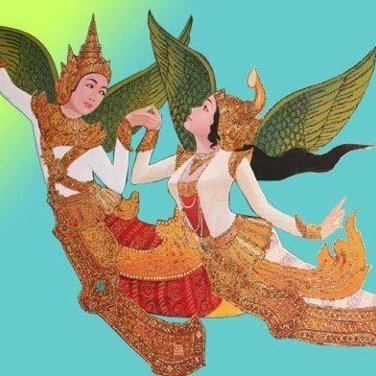


For more information, refer to my previous post Adapting Asian Folktales for Children's and YA Literature 5/31/13. The story of Manohra on the other hand is high drama - it has a captive princess who can fly, a valiant prince, a war, a scheming priest and court intrigues, a perilous quest and an enchanted forest. However, the version of the story in these countries are simple folktales - the man steals the crane maiden's magical cloak and keeps her captive on Earth. But the folklore and dance of Manohra achieved it's fullest expression in Southeast Asia and is relatively unknown in India.ĭifferent variations of this story of seven bird maidens (usually cranes in Japan, Korea and China) or sometimes seven fairies, taking a bath in a forest pool and the youngest one being captured by a hunter or a fisherman occur in folktales from Japan and Korea all the way to the Philippines and Borneo. In India, Manohra is Manohara, Phra Suthon is Prince Sudhana and the Himaphan Forest is the Himavanta Forest. It could be the origin of stories such as Swan Lake. The story of Manohra is thought to be based on Indian folklore and the Jataka Tales, with plot twists added by ancient Thai-Malay culture. When Phra Suthon returns from war and finds Manohra gone, he is distraught and sets out to find her. In order to save Manohra, the handmaidens return to her her forest clothes and the Kinnari flies away to safety. Brahmin Purohit, the minister, warns him that the dream is a portend of great misfortune and the only way to avert it is to sacrifice Manohra by fire. But the minister has to bide his time until a neighbouring kingdom (probably the Khmer Empire) declares war and Phra Suthon has to go to battle.When he is away, the king has a prophetic dream. This incurs the wrath of the royal priest and minister to the king, Brahmin Purohit.

Manohra's beauty and her grace as a dancer wins the love of the prince and he announces that he intends to marry her. While she is in captivity, the palace handmaidens hide her magical forest clothes to prevent her from escaping. The hunter is of course well rewarded by the prince for such a fabulous gift. Manohra is taken to the Royal Court and offered as a gift to the crown prince, Phra Suthon. One night, a hunter called Buntarik spots the seven Kinari sisters taking a bath and captures one of them.

In Thai culture, a Kinnari represents feminine beauty, grace and accomplishments, especially in dance, song and poetry.Ī brief summary of the story: Every night of the full moon, Manohra and her sisters make it a ritual of visiting a beautiful pool in a secluded forest.


 0 kommentar(er)
0 kommentar(er)
